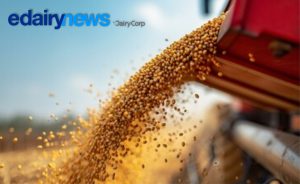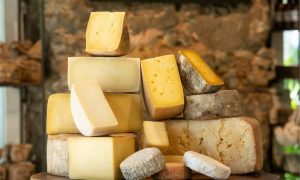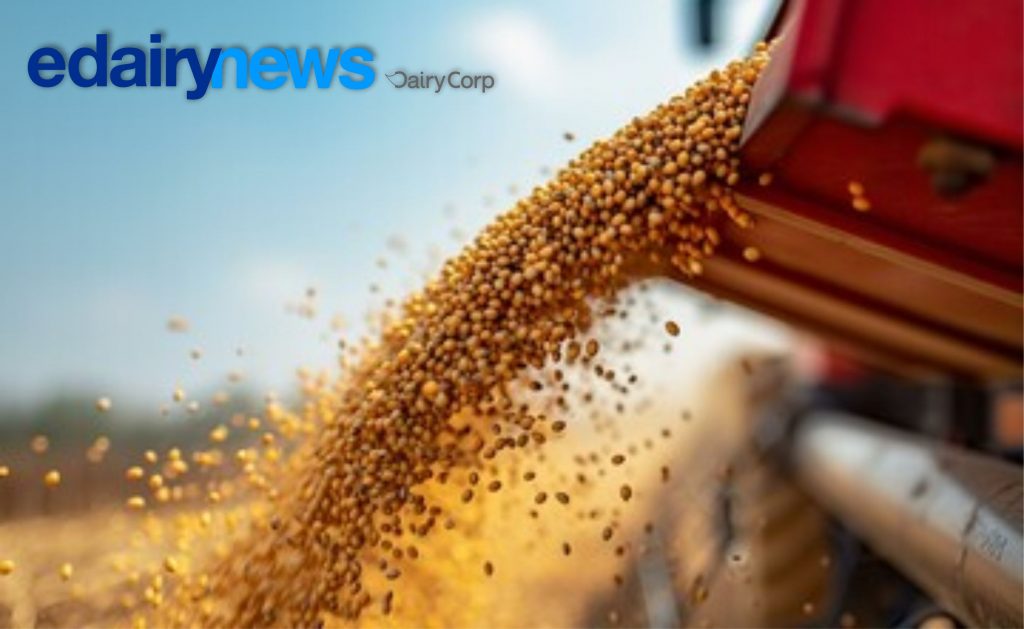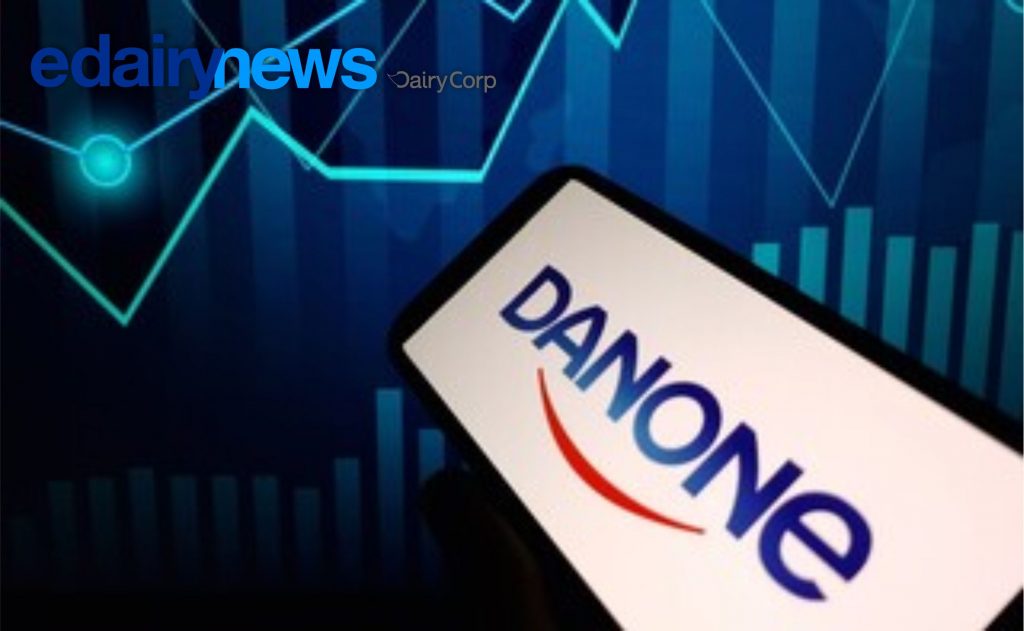The 40-pound cheddar cheese price started to increase the end of August and went above $2 per pound again on September 3rd and has stayed above $2 averaging $2.14 thus far for the month. Cheddar barrels were also $1.00 per pound in April but also rallied reaching an average of $2.3376 per pound in June, $2.408 in July, falling to a low of $1.3175 in August and averaging $1.4937 for the month. The barrel price has averaged 1.62 per pound thus far for September.
Impact on milk prices
These changes in cheese prices result in the Class III price going from a low of $12.14 in May, to $21.04 in June to $24.54 in July to $19.77 in August and it looks like September will be around $16.25. The rally in the Class III price was driven by a slow down in milk production, partial reopening of restaurants, schools opening with some having in the classroom instruction, others all virtual learning and some with a hybrid model, and the government buying a lot of cheese under the Farm to Families Food Box program with round one of purchases from May 15th to June 30th, round two from July 1st to August 30th.
Dairy exports were also a factor. World importers took advantage of U.S. cheese prices well below world prices in April and May and increased their purchases. Cheese exports were 8% higher than a year ago in May and set a record high in June being up 29%. But as U.S. cheese prices rallied and moved well above world prices cheese exports slowed down in July but were still 5% higher than a year ago.
Butter, nonfat dry milk prices fall
On the CME butter prices since January have also fluctuated. Butter averaged $1.8813 per pound in January, averaged just $1.20 in April reached an averaged of $1.8291 in June and has been trending downward since averaging $1.5038 in August and $1.50 thus far in September.
It has been similar for nonfat dry milk. Nonfat dry milk averaged $1.2688 per pound in January, was a low of $0.8485 in April, improved to $1.0092 in June, back down to $0.930 in August. Nonfat dry prices are now showing some strength averaging $1.04 this far in September.
Nonfat dry milk prices have been aided by strong exports. Nonfat dry milk prices remain competitive on the world market whereas butter and cheese are well above world prices. Nonfat dry milk/skim milk powder exports compared to a year earlier were 24% higher in May, 77% higher in June and 52% higher in July. But with both relatively weak butter and nonfat dry milk prices the spread between the Class III and Class IV price has remained rather wide and Class IV has not shown much strength. The Class IV price was a low of $10.67 in May, reached $13.76 in July and will be around $12.65 in September.
Where are prices headed?
The question is where are milk prices headed for the remainder of the year? COVID-19 virus continues to dampen demand. Some schools and universities that started in the classroom instruction have had to revert back to all virtual learning. Restaurants have also been asked to scale back and practice social distancing. These actions curtail food service sales of dairy products.
Cheese purchases under the third round of the Farm to Families Food Box program is running from September 1st through October 31st. Dairy exports of nonfat dry milk/skim milk powder are expected to stay above year ago levels as prices are competitive on the world market and South East Asia continues purchase well above year ago levels.
But exports of cheese and butter are likely to slow since prices remain above world prices. It is anticipated that there will be some surge in butter and cheese sales during the upcoming holiday period.
The 40-pound cheddar block price will be under pressure with the exceptionally wide spread between blocks and barrels. The spread is now $0.7650 per pound. The level of milk production will be a key factor. With the strength in cheese prices, the October Class III price could approach $19 before falling perhaps to the $17’s in November and high $16’s in December.
Downward pressure on milk prices
But milk production is putting downward pressure on milk prices. Compared to a year ago July production was up 2.0% and August up 1.8%. That is a lot of milk. Milk cow numbers declined April, May and June but increased 10,000 head in July with no change in August. Milk per cow remains relatively strong being 1.4% higher than a year ago.
With the COVID-19 there is so much uncertainty forecasting milk prices very far into next year. USDA is forecasting milk production to increase 1.5% next year from just a few more cows but relatively strong increase in milk per cow at 1.5%.
The increase in milk per cow seems to be on the high side after following a projected 1.4% increase this year. That is a lot of milk that will require some increase in domestic demand and strong exports for good milk prices.
But the impact of COVID-19 is very uncertain as to how schools and universities will operate, will restaurants be allowed to open up more, the impact on the economy as well as the world economy and how it impacts exports. Will the government continue dairy product purchases next year?
The Class III futures are in the $16’s for next year and at this moment that seems reasonable, but we know that can easily change.
Bob Cropp
Cropp is Professor Emeritus at the University of Wisconsin Cooperative Extension, University of Wisconsin-Madison.












